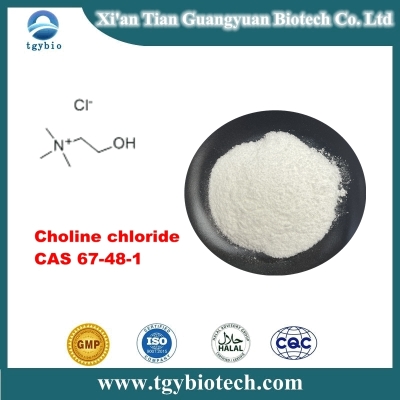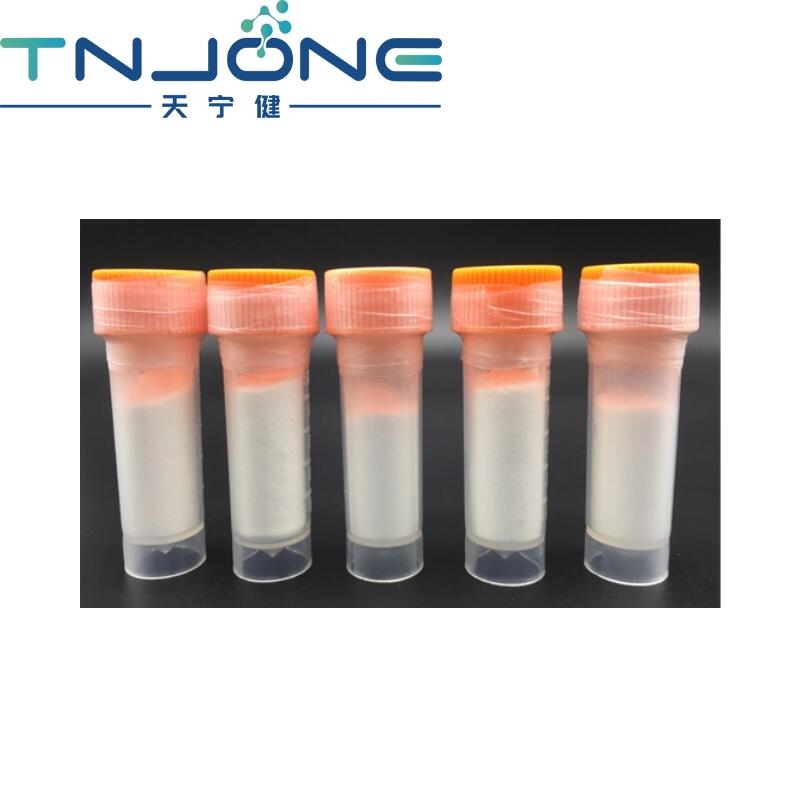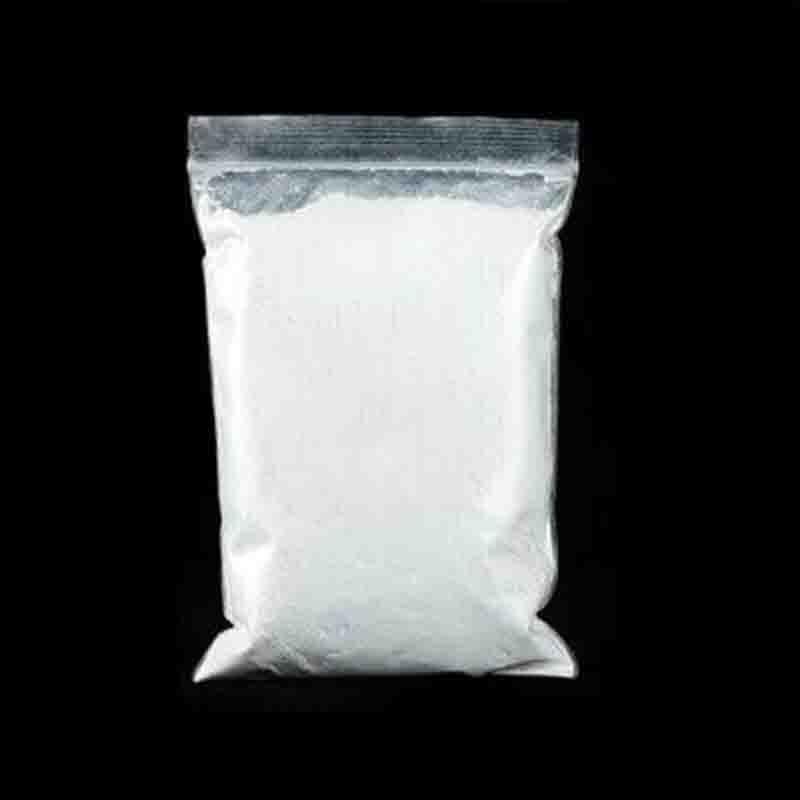-
Categories
-
Pharmaceutical Intermediates
-
Active Pharmaceutical Ingredients
-
Food Additives
- Industrial Coatings
- Agrochemicals
- Dyes and Pigments
- Surfactant
- Flavors and Fragrances
- Chemical Reagents
- Catalyst and Auxiliary
- Natural Products
- Inorganic Chemistry
-
Organic Chemistry
-
Biochemical Engineering
- Analytical Chemistry
-
Cosmetic Ingredient
- Water Treatment Chemical
-
Pharmaceutical Intermediates
Promotion
ECHEMI Mall
Wholesale
Weekly Price
Exhibition
News
-
Trade Service
*For medical professionals only
whole family.
Recently, the Department of Neurology of Xiangyang Central Hospital received a patient who made people "heart-wrenching" - a 10-year-old sudden cerebral infarction
.
m.
on September 15, the child suddenly had weakness on the side of the body during breakfast, unclear speech, and was accompanied by a temporary impaired
consciousness.
Even more troubling, the child has missed the golden time
for treatment when he is admitted to the hospital.
"The child was first sent to a secondary hospital in the area of residence, or was not treated further due to medical conditions, and then referred through 120 emergency treatment
.
" Dr.
Liu Xuan told the medical community that when he arrived at Xiangyang Central Hospital, it was already 2:42 p.
m.
– more than 8 hours after
the onset of the disease.
Traditionally, within 4.
5 hours of onset of acute ischemic stroke, thrombolytic therapy can be used to inject drugs into blood vessels to promote thrombolysis
.
Once the thrombolysis time window is exceeded, but within 6 hours of onset, interventional therapy may be considered, that is, minimally invasive surgery to remove the thrombus and unblock the blood vessels
.
At this time, thrombolytic therapy cannot be carried out due to the overtime window, and the question of whether to surgically remove the embolectomy is in front of the stroke team of
the neurology department.
Clinically, for patients with onset time of more than 6 hours, it is necessary to specifically assess the core infarction area and the level of semi-dark band, and whether the patient still has the value of
thrombection.
"The core infarction area of the child's brain is large, and the embolectomy may be at risk of
intracerebral hemorrhage and transformation.
Dr.
Liu Xuan said
.
Another way is to take conservative treatment, but the blood vessels are not unblocked in time, large-scale cerebral infarction, cerebral edema, the child may face serious lifelong sequelae, the risk of death is also very high
.
Pictured: There is not much
time left for doctors to consider that there are already obvious lesions
of cerebral infarction in the left cerebral hemisphere before surgery.
Stroke treatment is highly time-dependent, with 190 million neurons and 13.
8 billion synapses
lost for every minute delayed.
Dr.
Liu Xuan introduced that after the child was admitted to the hospital, the hospital started the stroke green channel for the first time, the emergency department gave priority to the imaging examination for the child, the stroke team intervened, CT scan, perfusion scan (CTP) and angiography (CTA), "When we evaluated, we believe that there is still brain tissue
that can be saved by embolectomy treatment near the lesion of the child's brain infarction.
More importantly, for 10-year-old children, the lifelong sequelae of cerebral infarction are unbearable for the
whole family.
After fully communicating with the family and informing them of the advantages and disadvantages of the operation, Liu Xuan and the stroke team decided to perform endovascular embolectomy treatment
immediately.
At 3:20 a.
m.
, the child is admitted to a dedicated catheter room for neurology and the treatment team is ready
.
Skin preparation, positioning, toweling, disinfection, puncture of the upper guide catheter, neurology interventional team using the embolectomy stent combined with the intermediate catheter suction, in the occlusion of a large number of dark red thrombosis, after two stents to remove the embolism and suction, about 2 hours after the operation was successfully completed, re-examination of the angiography showed that the occluded blood vessel was completely reopened
.
"The postoperative situation also showed that the decision to remove the embolectomy was correct
.
Dr.
Liu Xuan introduced that the child quickly regained consciousness, and during the perioperative period, the lower limb hemiplegic muscle strength returned to level 4, which means that his exercise ability will not be greatly affected
in the future.
Further considering the
cause of cerebral infarction, Dr.
Liu Xuan introduced that the child had congenital heart disease and underwent heart surgery at the age of 5, which was speculated to be caused by
cardiac embolism.
More than half of the patients, when admitted to the hospital, have missed the treatment time window
According to the "China Cardiovascular Health and Disease Report 2021", there are about 13 million
stroke patients in China.
Another data shows that the prevalence of stroke in people aged 40 years and older increased from 1.
89% in 2012 to 2.
58%
in 2019.
"The amount of thrombolysis and thrombolysis in our hospital last year was about 400 cases and nearly 200 cases
.
Dr.
Liu Xuan told the "medical community" that as early as 2018, when applying for the national "advanced stroke center", Xiangyang Central Hospital began to comprehensively promote the construction of
stroke diagnosis and treatment capabilities.
In fact, from the time of admission, each link of the guide to the identification of suspected stroke, the priority treatment of the emergency department, the intervention of the neurology team, and even the road layout of the in-hospital imaging equipment and catheter room is crucial for acute stroke patients - whether they can receive standardized treatment
in the shortest possible time.
Including allowing doctors to go out for further study, training stroke nurses, selecting neurologists to be on duty in the emergency department, purchasing additional imaging equipment, and setting up stroke wards, the DNT (from patient admission to thrombolytic therapy) in central hospitals is controlled for an average of about
20 minutes.
In December 2019, the Stroke Center of Xiangyang Central Hospital was officially awarded the title
of "Advanced Stroke Center" by the Brain Prevention Committee of the National Health and Health Commission.
However, no matter how to improve the green channel in the hospital and shorten the DNT time, what the hospital cannot control is the "pre-hospital time"
after the onset of the patient's illness.
Including Dr.
Liu Xuan, many experts have estimated to the "medical community" that at least 50% of patients have missed the golden time of 4.
5 hours of thrombolysis when they are
admitted to the hospital, and longer, 2 days or 3 days later.
On the one hand, part of the time is delayed in referrals
.
"Primary medical institutions have low anti-risk ability, and for some patients with complex conditions, or unable to carry out treatment, and some cases that can be treated but are not fully sure, they often choose to refer to higher-level hospitals
.
" An expert previously told
"medical grade".
Therefore, how to improve the stroke treatment capacity of primary medical institutions, carry out standardized thrombolysis, and even thrombotic treatment, and avoid the delay of secondary referral clinics? "This requires the relevant health administrative departments in different regions to carry out a more perfect top-level design according to the actual situation in the region, including the formulation of a series of assessment standards
.
" The expert said
.
Another sticking point is the public's awareness of stroke
.
"If the physical symptoms at the time of the acute attack are less severe, some patients may choose to wait to see if the situation improves
.
" According to Dr.
Liu Xuan, due to the difference in the penetration rate of medical information, compared with the developed urban centers, the more remote the area, the more common
the phenomenon of delay.
Dr.
Liu Xuan once again stressed that whether patients or family members can identify the onset of stroke in time and dial 120 emergency to quickly enter the diagnosis and treatment link is the key
to determining the lifelong quality of life of stroke patients.
Note: In 2021, the Chinese Stroke Society officially released the "BE FAST Recipe" for identifying early symptoms of stroke:
"B" – Balance refers to the loss of balance, balance or coordination ability, and sudden difficulty walking
.
"E" – Eyes refers to the eyes, sudden changes in vision, and difficulty
seeing.
"F" – Face refers to the face, the face is asymmetrical, and the corners of the mouth are crooked
.
"A" – Arms refers to the arm, and the sudden feeling of weakness or numbness in the arm usually appears on one side
of the body.
"S" – Speech refers to language, which is ambiguous and cannot understand the language of
others.
"T"-Time refers to the time, the above symptoms suggest the possibility of stroke, do not wait for the symptoms to disappear on their own, immediately dial 120 for medical assistance
.
Where to look for more clinical knowledge of neurology? Come to the "Doctor's Station" and take a look 👇
Source of this articleMedical CommunityAuthor of this articleLingjun Responsible EditorMr.
Lu Li Xiang Yu
Copyright Notice
This article is reprinted, welcome to forward the circle of friends
-End-Submission/Reprint/Business Cooperation, please contact: yxjsjbx@yxj.org.
cn*The medical community strives to be accurate and reliable when the published content is approved, but does not make any commitment and guarantee as to the timeliness of the published content, as well as the accuracy and completeness of the cited materials (if any), nor does it accept any liability
arising from the fact that such content is out of date, the referenced materials may be inaccurate or incomplete, etc.
Relevant parties are invited to verify separately when adopting or using this as a basis for decision-making
.







